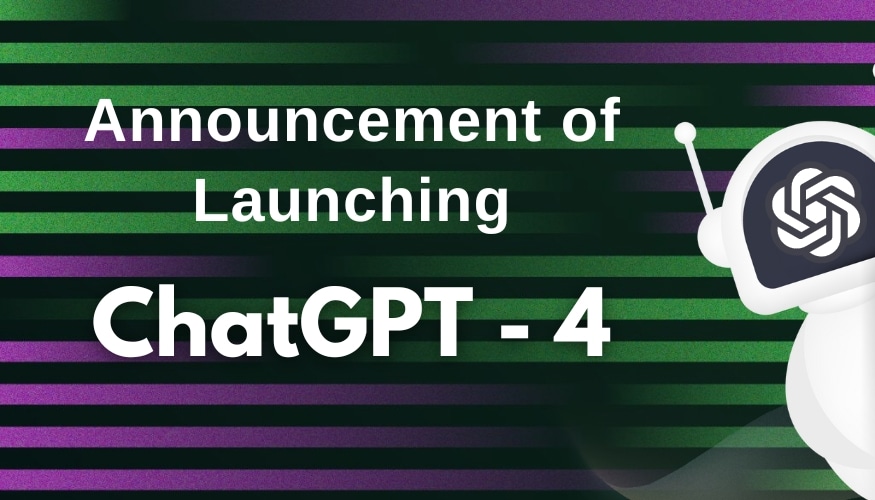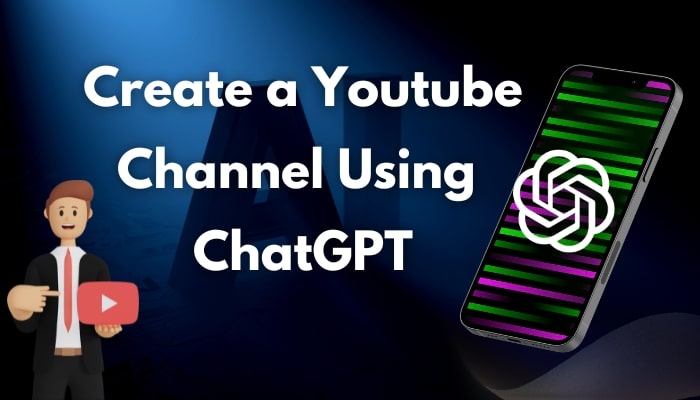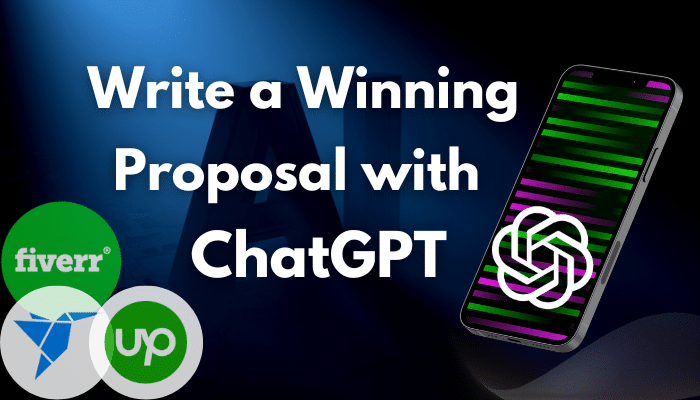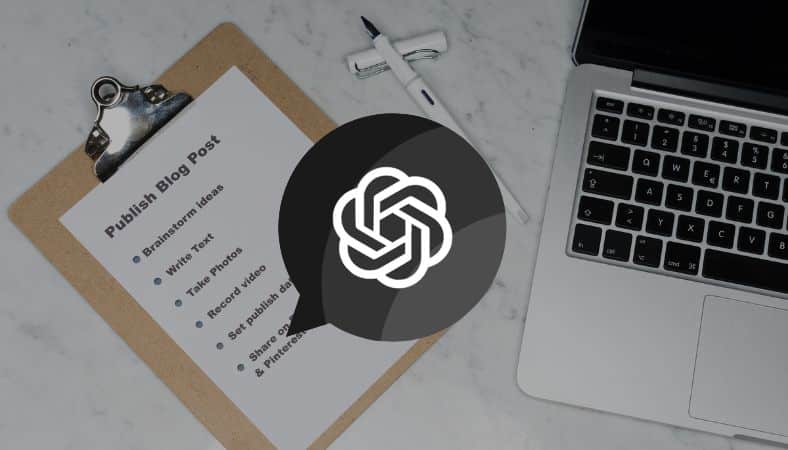
On March 9th, 2023, Andreas Braun, Director of Technology at Microsoft Germany, announced the soon launch of ChatGPT-4 next week. However, the exact date is not revealed yet. This project, which Microsoft is a major investor in, is set to be 537 times more powerful than its predecessor, GPT-3, which was already a significant breakthrough in the field.
You might interesting in: General Motors Co. (GM) integrating ChatGPT as Assistant into its Vehicles.
What is ChatGPT-4?
ChatGPT-4 is a machine learning model developed by OpenAI that is designed to generate text that closely resembles human language. It has been trained on vast amounts of data, which allows it to create and understand natural language text in both formal and informal contexts. This versatility makes it a valuable tool for a range of applications, such as language translation, text summarization, and question-answering.
Multimodal Capabilities of ChatGPT-4:
ChatGPT-4 uses a technique called the Transformer architecture, which has demonstrated effectiveness in a variety of machine learning tasks, including computer vision. This is why the new version is multimodal, which means it will interpret both text and images. Moreover, it will be able to generate videos, making it a significant step forward in the development of AI technologies.
ChatGPT-4 vs. GPT-3: The Differences in Processing Power
To understand the power of ChatGPT-4, it’s important to compare it to its predecessor, GPT-3. While GPT-3 worked on 175 billion parameters, ChatGPT-4 will work on 170 trillion parameters. This is a significant improvement in processing power and will allow ChatGPT-4 to generate text with even greater accuracy and fluency.
Applications of ChatGPT-4 in Natural Language Processing:
ChatGPT-4 will have a range of applications in natural language processing. Its capacity to learn from diverse data sources also means it can be fine-tuned for specific tasks and domains, making it highly adaptable and versatile.
Language Translation: ChatGPT-4’s ability to generate natural language text could be invaluable for machine translation applications. It could be trained on a vast dataset of translated texts to enhance its accuracy and fluency.
Text Summarization: ChatGPT-4’s ability to generate human-like text could be useful for text summarization tasks where the output text must be easy to understand.
Question Answering: ChatGPT-4 is capable of answering questions and providing detailed explanations, making it useful for applications such as customer service or technical support.
Image and Video Generation: ChatGPT-4 could potentially be used for tasks such as image and video generation because of the Transformer architecture’s effectiveness in computer vision.
Other Applications: ChatGPT-4’s adaptability and versatility make it a promising tool for a wide range of natural language processing tasks, including chatbots, automated news writing, and even creative writing.
Although ChatGPT-4 is not yet available for use, its potential impact on the world of natural language processing is significant. With its ability to generate human-like text, understand diverse language structures, and potentially generate images and videos, it promises to be an invaluable tool for anyone working with natural language text. It is expected to have a significant impact on a range of applications, including language translation, text summarization, question answering, and more. The launch of ChatGPT-4 is highly anticipated, and its release promises to take us into a new era of AI technology.
Frequently Asked Questions:
To understand the power of ChatGPT-4, it’s important to compare it to its predecessor, GPT-3. While GPT-3 worked on 175 billion parameters, ChatGPT-4 will work on 170 trillion parameters. This is a significant improvement in processing power and will allow ChatGPT-4 to generate text with even greater accuracy and fluency.
ChatGPT-4 uses a technique called the Transformer architecture, which has demonstrated effectiveness in a variety of machine learning tasks, including computer vision. This is why the new version is multimodal, which means it will interpret both text and images. Moreover, it will be able to generate videos, making it a significant step forward in the development of AI technologies.




